Sport
Dollar
42,8044
0.17 %Euro
50,1756
-0.07 %Gram Gold
5.973,2500
0.3 %Quarter Gold
9.852,9100
0.24 %Silver
92,4600
2.85 %Russia recently invoked a war that dragged on for more than two decades. With Trump set to meet Putin in Alaska, the question is whether either side is ready to abandon the kind of demands that make such long conflicts possible.
Before the second round of Ukraine-Russia negotiations in May, Russia’s chief negotiator, Vladimir Medinsky, reached back into the 18th century for a historical parallel. In a statement, he referenced the Great Northern War between the Russian and Swedish empires – a conflict that dragged on for 21 years.
The message was unmistakable: Moscow was prepared to fight over Ukraine, for as long as it would take.
That remark, made just months ago, reads differently today. The battlefield remains active, the negotiating table stagnant. And now, in a twist few would have predicted in the war’s early months, the next act of this slow-burning conflict will play out not in Kiev or Moscow, but in Anchorage.
This Friday, Donald Trump will meet Vladimir Putin in Alaska. Ukraine is expected to dominate the agenda, although it is unclear whether President Volodymyr Zelenskyy will attend. Putin is reportedly carrying a ceasefire proposal: a halt to hostilities in exchange for Russian control over Ukraine’s eastern regions. Zelenskyy has already rejected such terms, refusing to surrender any territory in a peace deal.
The summit could provide momentum for the fourth round of negotiations expected in Istanbul. A date is still awaited for those talks, which have so far been useful mainly for maintaining communication and arranging confidence-building measures like prisoner exchanges.
In Anchorage, it’s hard to imagine that a breakthrough will be delivered. The meeting will test whether either side is capable, or even interested, in walking back from the maximalist positions that have made progress impossible.
Maximalist demands, minimal results
Three rounds of negotiations have come and gone without substantive movement.
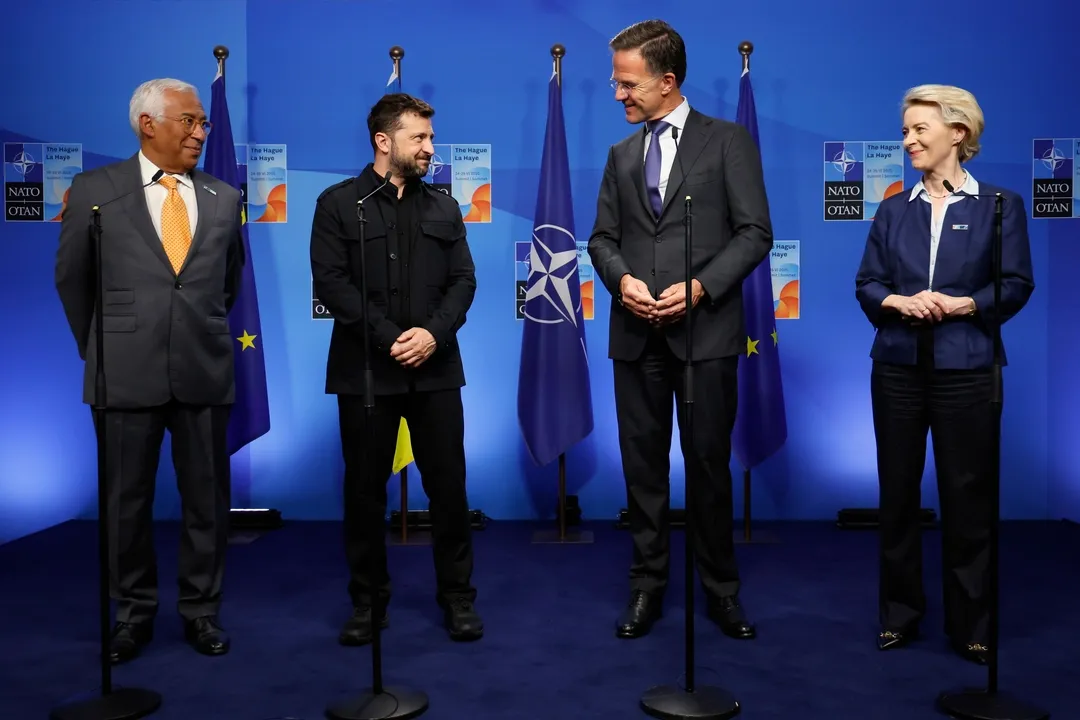
Kiev’s draft agreements insist on the right to join NATO and reject any external constraints on allied troop deployments – provisions Moscow sees as existential threats. This, after all, was one of the Kremlin’s central justifications for launching the war.
Russia’s own proposals are no less rigid: presidential elections in Ukraine within 100 days of lifting martial law, and international recognition of Crimea along with four regions it claims to have annexed—Donetsk, Luhansk, Kherson, and Zaporizhzhia.
Ukraine still controls substantial territory in three of them (except Luhansk), which makes the idea of conceding them politically toxic in Kiev.
The result is a stalemate by design. Neither side is asking for less than the other can give.
Hidden costs for Moscow
On the ground, Russia continues to grind forward, slowly tightening its grip in Donetsk. Pokrovsk, a strategic Ukrainian city, could soon fall. But these gains come at a cost Moscow can ill afford.
Despite these territorial gains, the Ukraine war has forced Russia into strategic retrenchment elsewhere.
In Syria, where Moscow invested heavily since 2015 to prop up Bashar al Assad and secure its only warm-water port, Russian forces have been drawn down to a token presence at their Tartus and Hmeymim bases, awaiting their fate under new regional actors.
The Kremlin’s bandwidth has shrunk so sharply that it has been unable to mount a forceful response even to tensions with neighbouring states, like Azerbaijan’s escalating friction with Moscow over incidents from downed aircraft to the arrest of Sputnik’s Baku staff.
Comments
No comments Yet





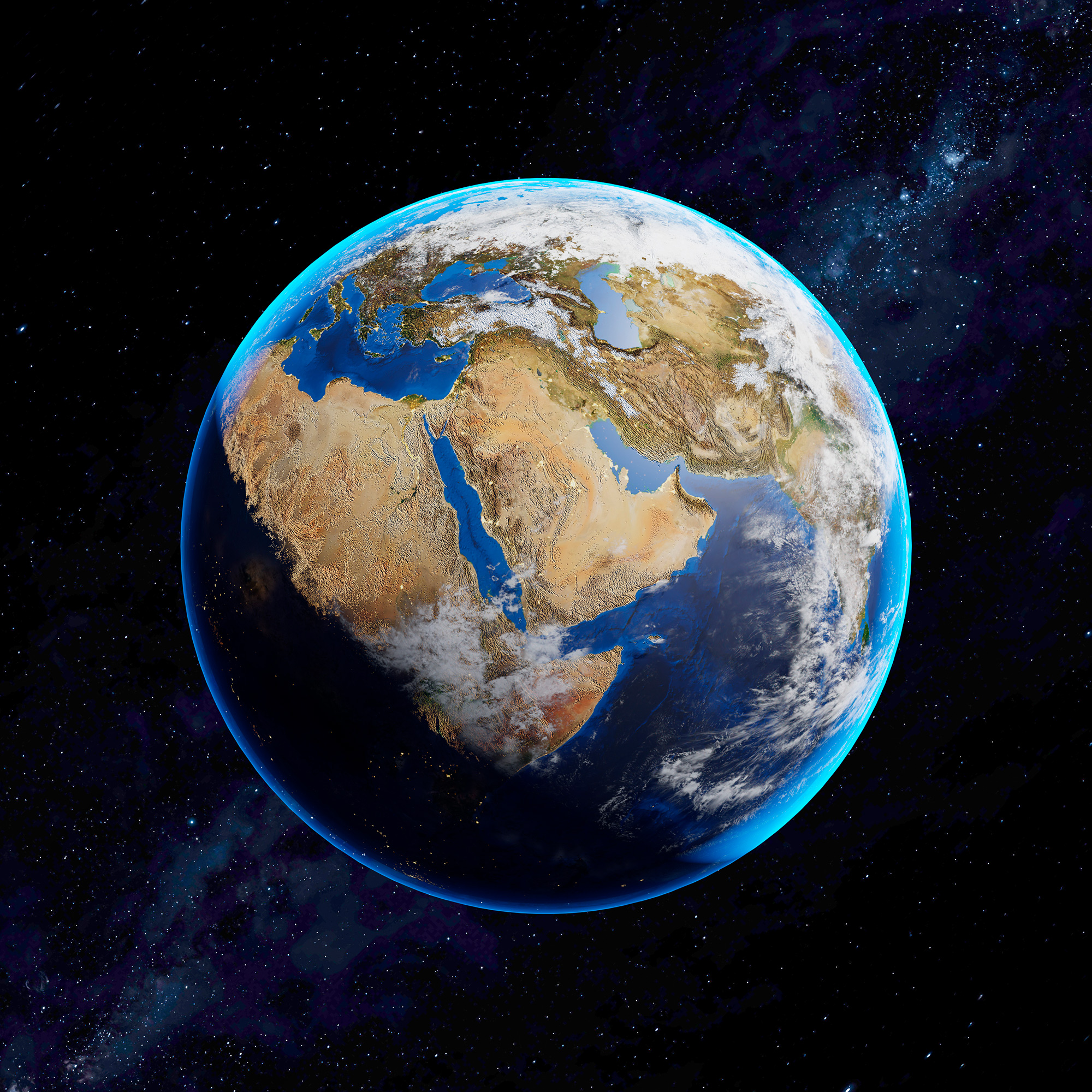

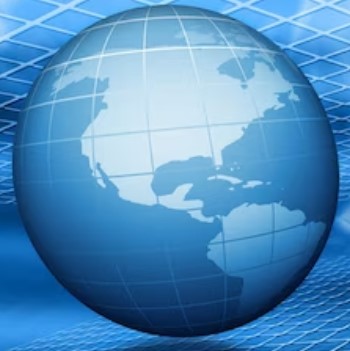
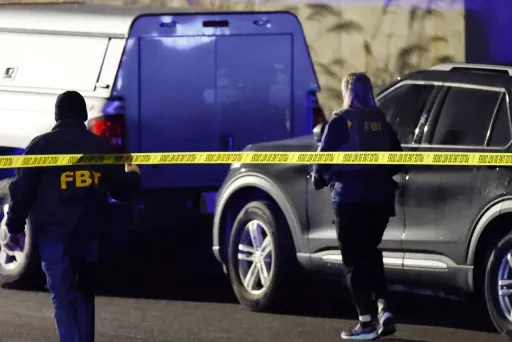
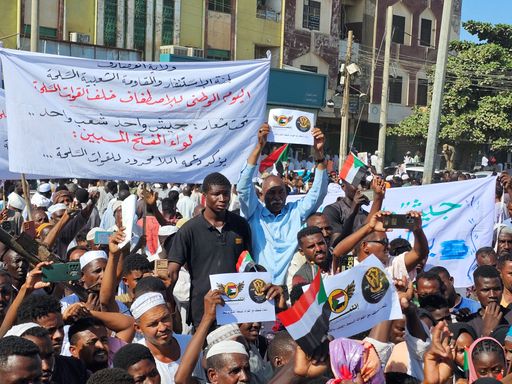
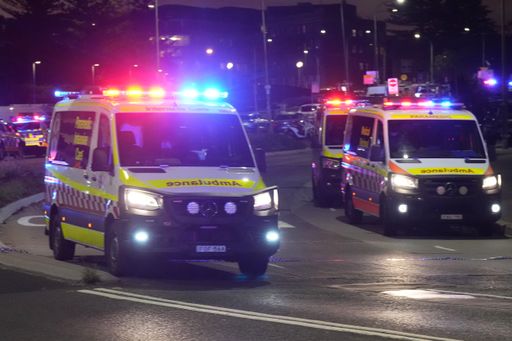
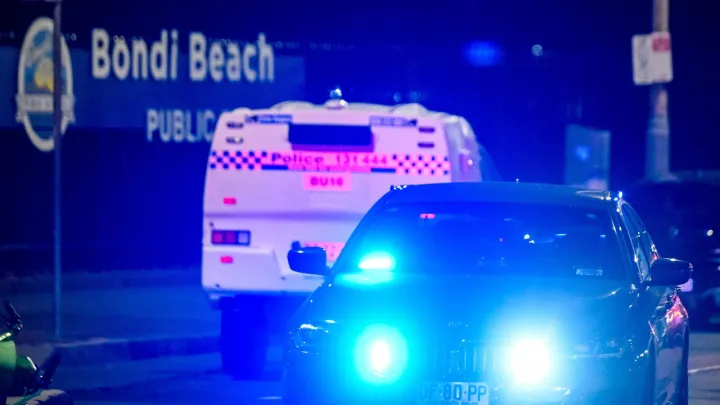


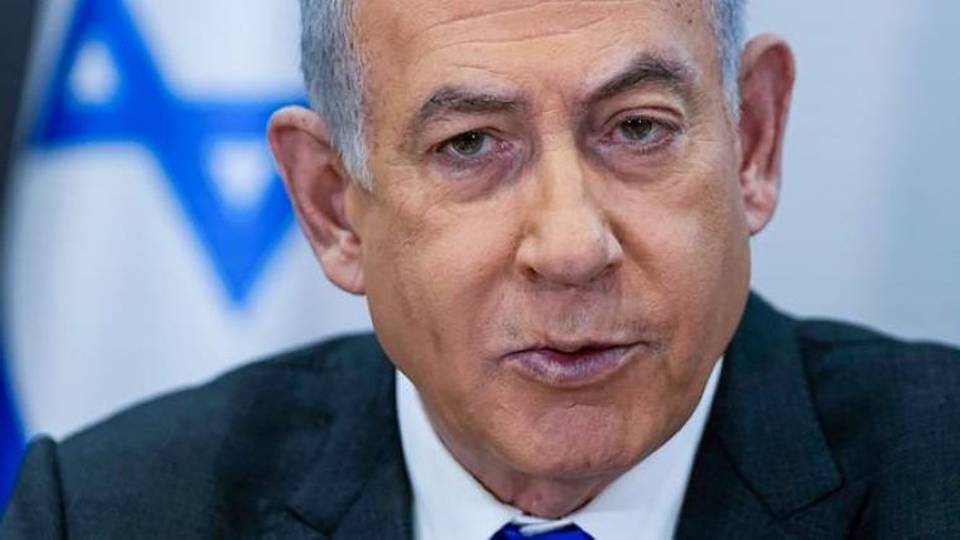
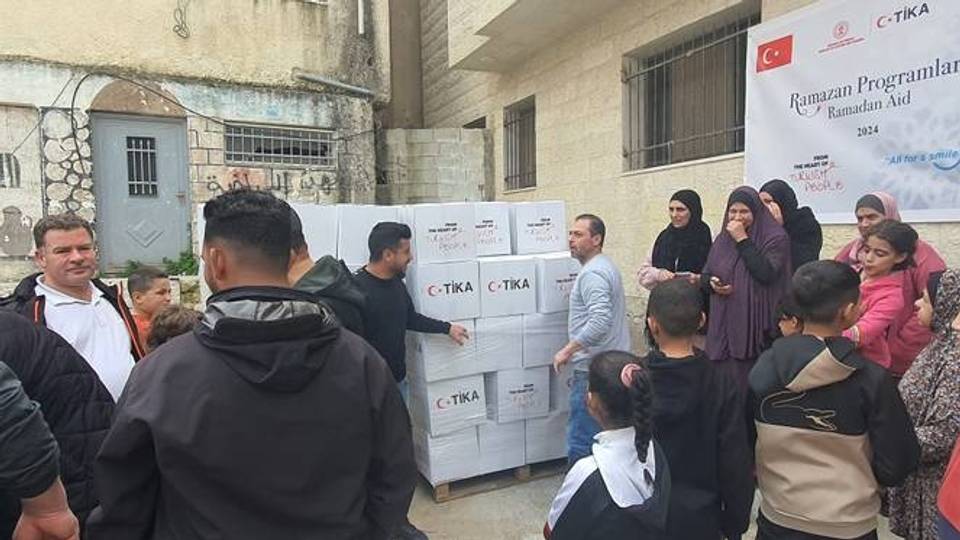
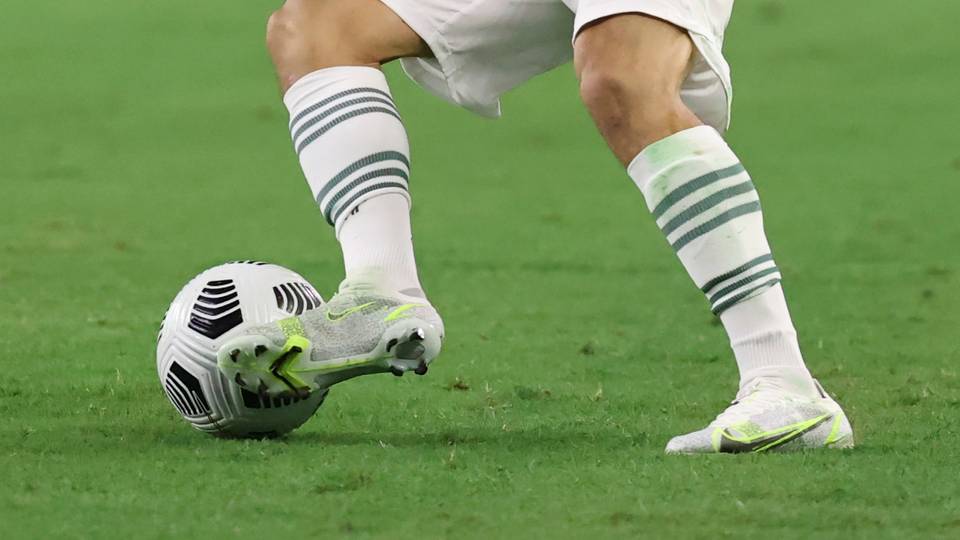
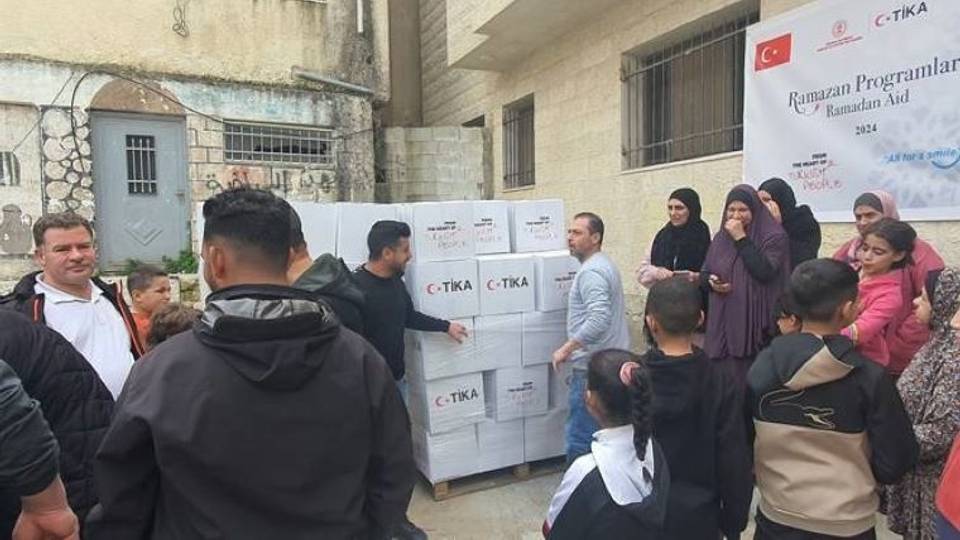


Comment